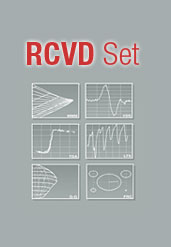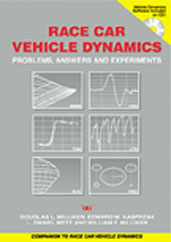Technical Paper
Vehicle Dynamics Simulation Associated with Pothole Encounters Using the HVE SIMON Program and Radial Spring Tire Model
2015-04-14
2015-01-1572
Deteriorated roadway surfaces (potholes) encountered under everyday driving conditions may produce external vehicle disturbance inputs that are both destabilizing and highly transient. We examine vehicle behavior in response to such inputs through simulation. Idealized pothole geometry configurations are used to represent deteriorated roadway surfaces, and as environments in the HVE simulation suite of programs. Differences in vehicle response and behavior are cataloged, and the potential for destabilized vehicle behavior is examined, particularly under conditions in which only one side of the vehicle contracts the pothole. Vehicle types used in the simulation ensemble represent three classes of vehicles: a sedan, a sports car and an SUV. Results show that many combinations of vehicle speed, vehicle type and pothole configuration have essentially no destabilizing effects on the vehicle trajectory.


